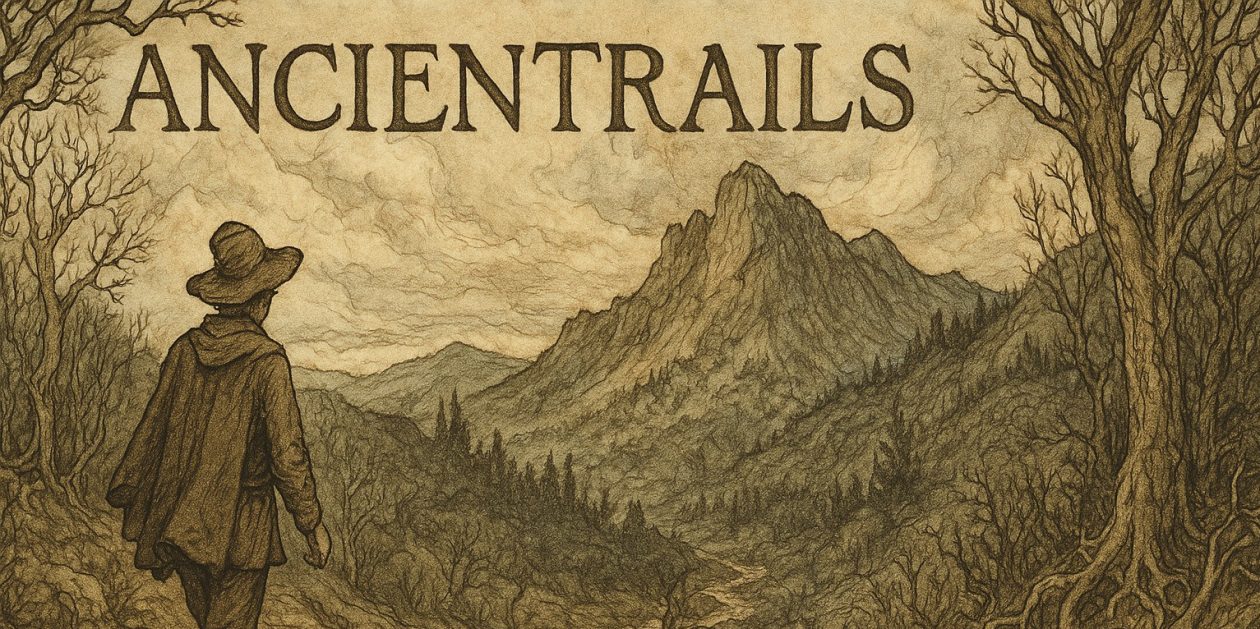Fall Harvest Moon
Markers of having come from a different time, a time faraway, in another century, another millennium: sadness at the thought of Museum, Inc. servicing customers. This is part of the DNA (get it?), the dynamic something or other, that will transform the MIA into a ship able to sail into the waters of the future. Having led my share of strategic planning sessions, I know well the fervor and excitement that comes from bracing the winds of change, throwing up the collars for a good dose of reality, navigating dangerous waters all the time watching out for shoals. The cliche police need to patrol these documents. Come on.
(picture from
When Kate left Allina for retirement, she was so happy to go. Why? Because the practice of medicine had gone, in her career, from a profession focused on patients to an organization focused on management by objective.
In the Atlantic online magazine there is an article about the failure of liberal arts colleges. That failure the author defines as not teaching entrepreneurship. We’re still stuck, he says, back in the 60’s and 70’s when a college degree meant something. Now history majors are out of work. We need, he says, history majors who can be entrepreneurs.
Yes, I admit it. I bought into the liberal arts idea, that pursuing the intellectual path most interesting to you, most worthy of your passion was what higher education was about. Still buy it.
Here’s the problem. Museums, especially art museums, do have a higher calling. These fragile vessels care for the world’s cultural patrimony/matrimony. That calling, the curatorial burden we might call it, carries our mutual story forward and ensures that the next generation and the next and the next can pick up the narrative, weave it into their own lives. That they can react to it and to our reactions. That they can use it as shoulders to stand own when they take up the paint brush, the chisel, the hunk of clay.
This is not a business proposition. This is a human responsibility, like caring for a family. Does the family require money? Of course. Does money define the organizational structure of a family? Do we want Family, Inc? Maybe if your name is Corleone, otherwise probably not.
Medicine is not about numbers of patients seen by the hour. No, medicine is about the practiced eye, the trained mind, the relationship between one human and another. Does the practice of medicine require money? Of course. Should that mean medicine needs to take on a corporate structure? Of course not. When money begins to define the purpose of an organization, that organization has become a business, an Inc. Fine for making shoes, cereal, cars, widgets. Not fine for art or medicine or families.
The liberal arts education, whether at college or university, has the same responsibility as the art museum. It inserts its students into the grand narrative of human history. As humans we share so much with the humans of the past. We make the same mistakes, for example. We wonder about the same imponderable questions. We struggle to express ourselves through literature, art, music.
Does any of this deny the need for an economy, a place of trade and commerce? No. Not at all. But when the Medici’s made their money what did they do with it? When the robber barons got their millions what did they do with it? What’s Bill Gates doing now? They approach the arts, questions of justice, questions of human suffering.
It is the liberal arts and the arts themselves that frame the questions, have the deep pool of answers, know the roads that lead away from civilization and those that lead toward it. We can’t abandon these treasures because the business cycle has a predictable rough patch. We can’t change healing and learning and creation into business models because it’s not their essence. We will learn this now or later. History teaches these lessons over and over.
